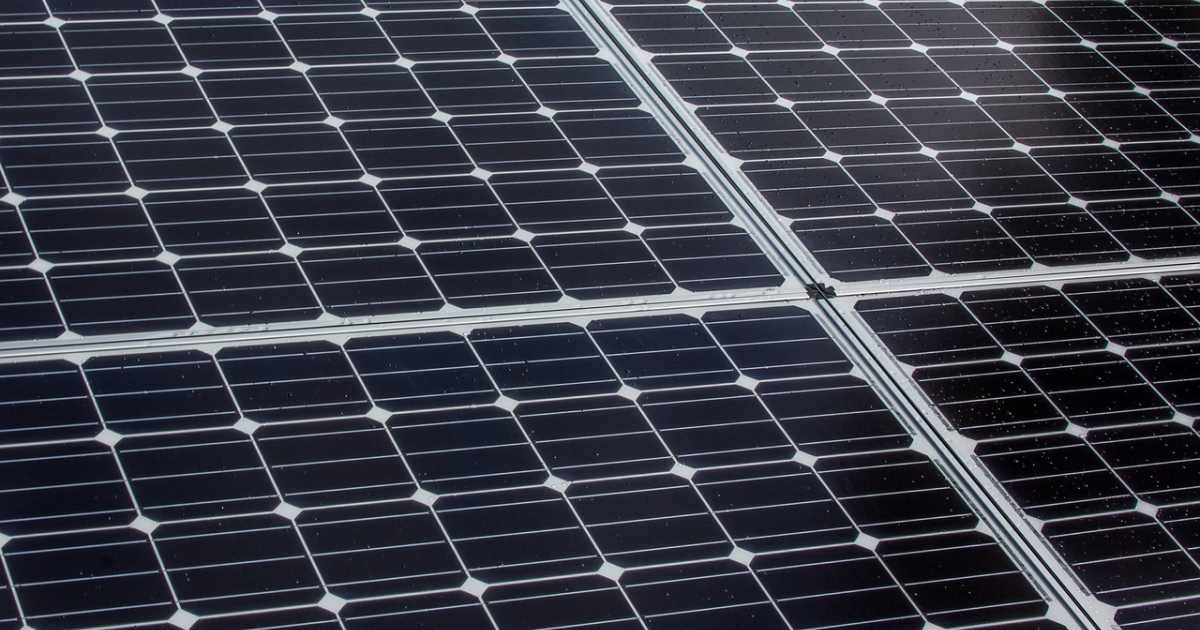
Image: Mr. Rick
A renewable energy plan adopted by NSW’s Cabonne Council could result in rooftop solar installed on multiple Council facilities and/or multiple small solar farms popping up around the LGA.
Cabonne Shire is a local government area in the Central West region of NSW. Home to around 13,000, the LGA partly surrounds the City of Orange. While a relatively small Council in terms of numbers of residents, electricity is a major expense – with 1,815 megawatt-hours consumed in the 2019 financial year costing Council (ratepayers) a bit over $592,000. The biggest energy consumers were the Charles McCarron Baths in Canowindra, followed by Molong Council Chambers and then street lighting for Molong, Manildra and others, Canowindra and Eugowra.
While many councils across Australia have already latched onto the benefits of solar power for slashing energy bills, Council doesn’t appear to have installed PV on any of its facilities yet – but that could soon change.
The Renewable Energy Action Plan (REAP) for Cabonne sets out various options over the short to medium term for renewable energy and related projects in the region.
One of the “immediate” recommendations is for solar panels (and potentially, battery storage with view to establishing a Virtual Power Plant) to be installed at a number of sites. These include Council chambers (100kW), Health One (100kW), STP (100kW), the depot (100kW) and the caravan park (20kW) in Molong. Elsewhere, the Council office in Cudal (50kW) and water pumping station at Cumnock (100kW) have been identified as suitable facilities for solar power systems.
Medium-Scale Solar Potential
A more ambitious project involves ~1MW solar farms.
“A suitable solar energy system could be sized to accommodate CSC’s peak seasonal profile,” states the action plan. “Energy produced from a medium scale solar site is ‘sold’ back to Council sites at a tariff which both pays back the array CAPEX and reduces electricity outgoings for Council.”
The plan states such a project represents a low financial risk with a fairly rapid payback.
But why stop at one? It appears as part of stage one, investigations will examine potential size and location for at least 4 mid-scale solar arrays. Stage 2 will see detailed conceptual modelling, identification of preferred partners and defining the project. A decision can then be made regarding viability and moving on to stage 3 – which consists of full project planning, documentation and execution.
All up, Council needs around 1.3MW of solar capacity to offset all its electricity use, so if it installs all the rooftop solar and constructs the larger facilities, it could open up other revenue generation opportunities.
Other actions in the REAP include SMART metering and load control installations across all Council’s energy consumption sites, various energy efficiency measures and potentially establishing a microgrid in one of the shire’s villages.

 RSS - Posts
RSS - Posts



Speak Your Mind